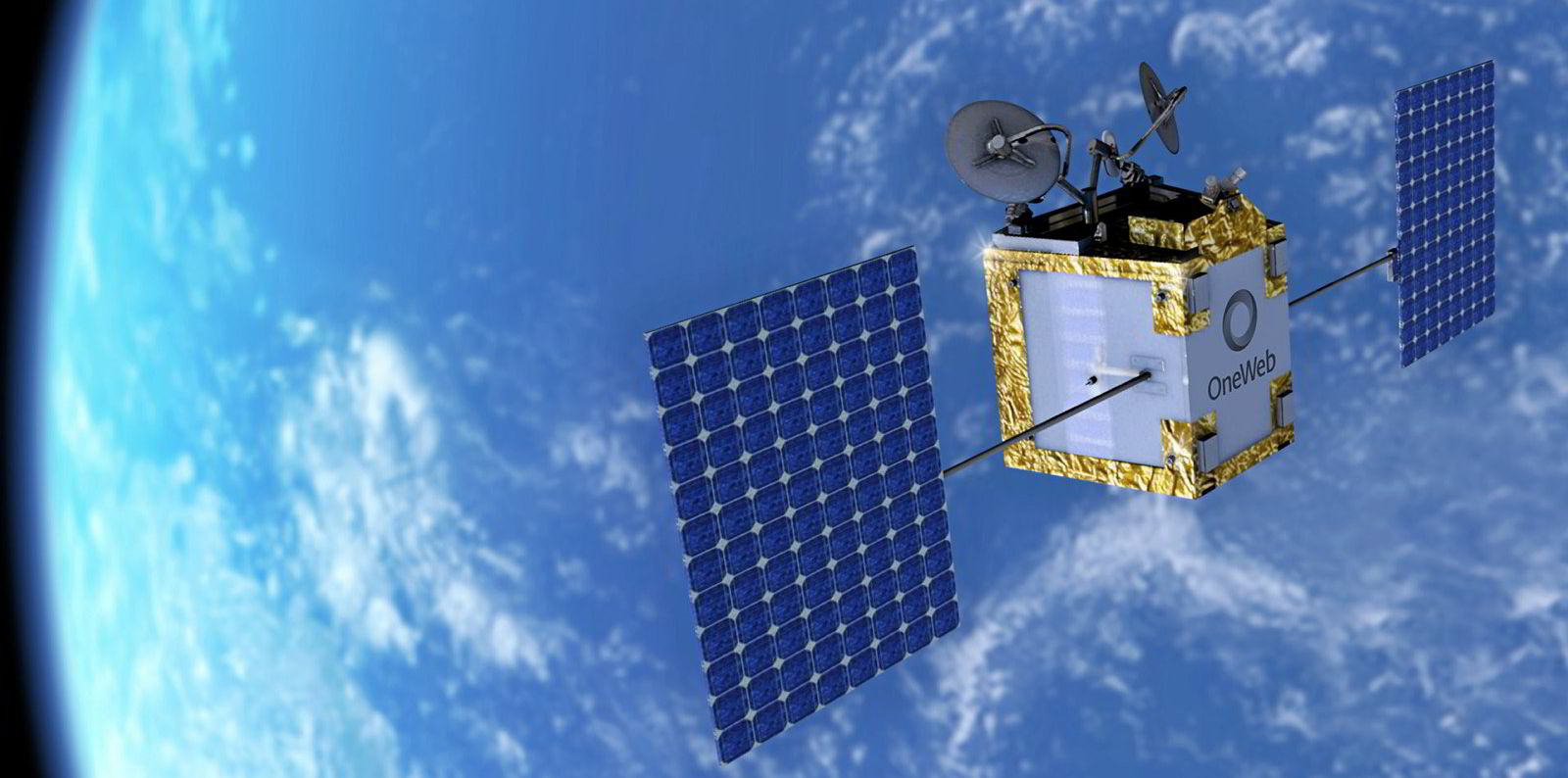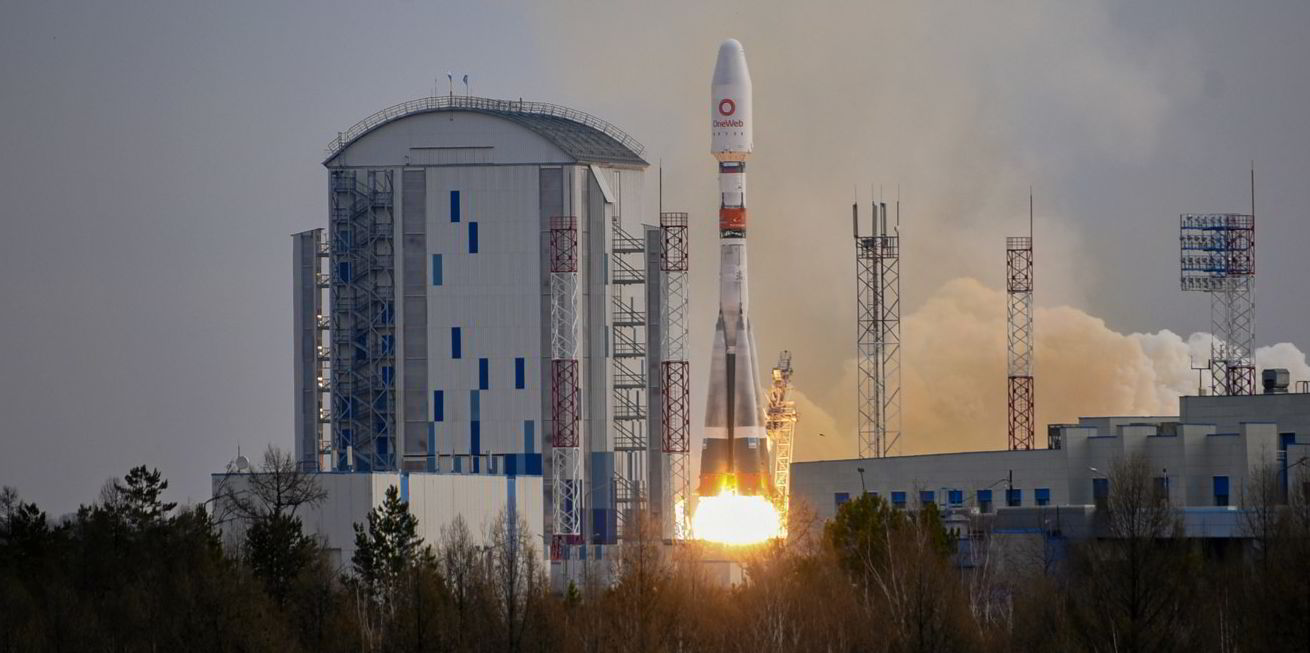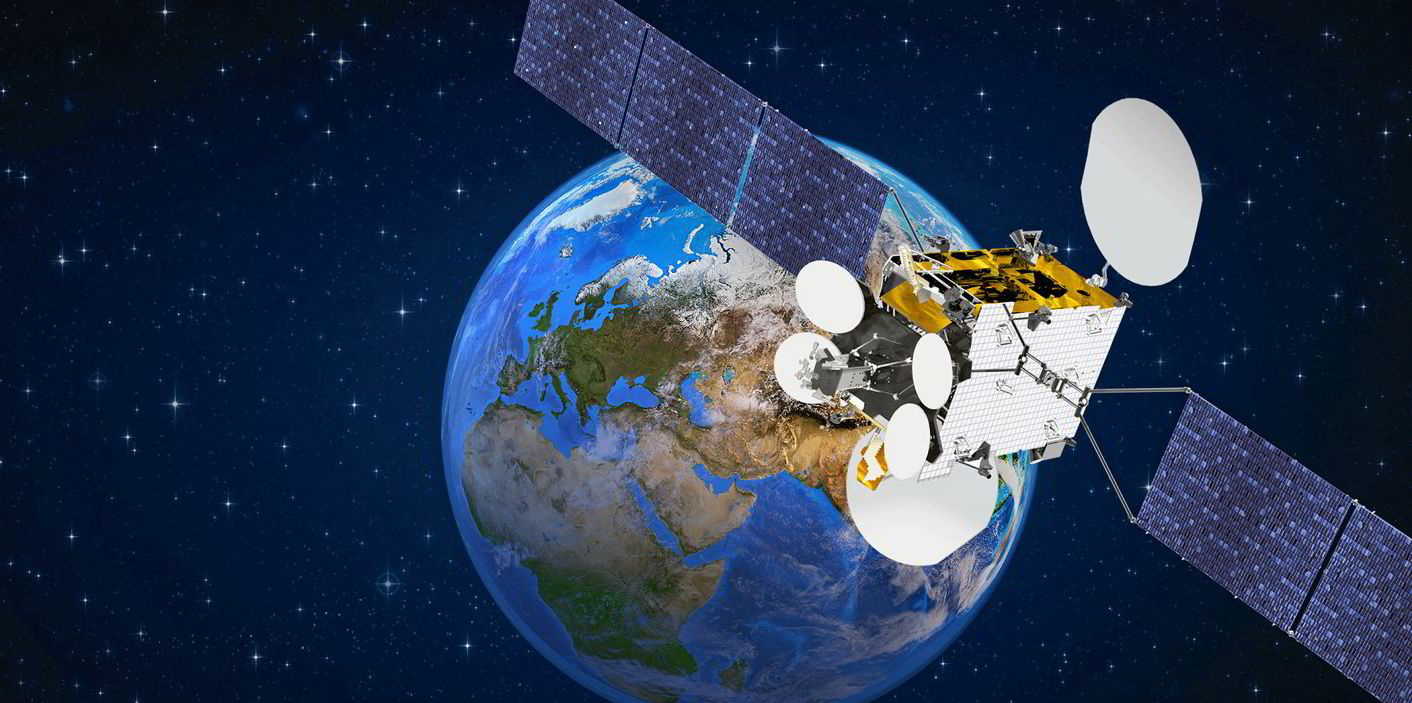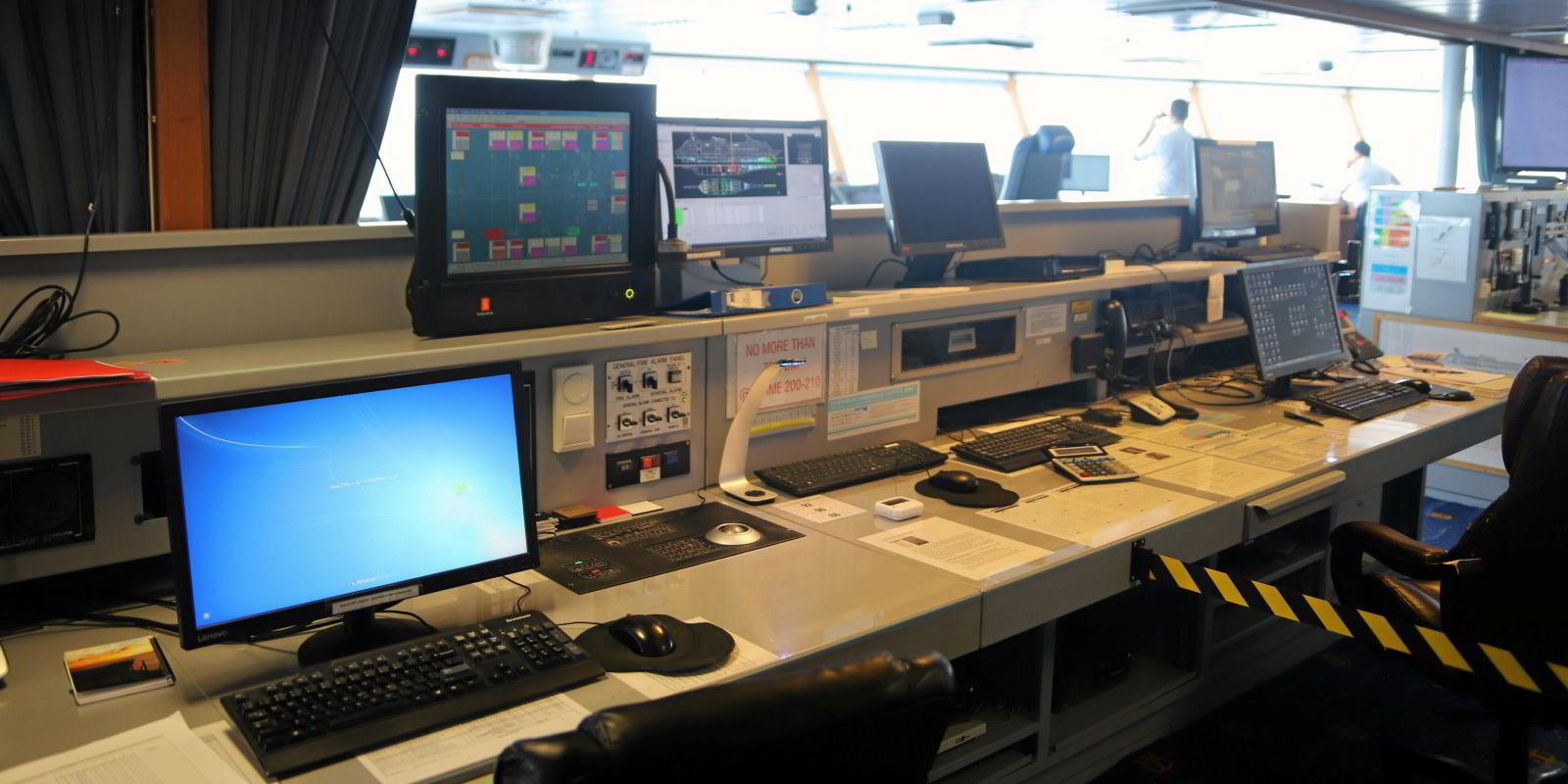Satellite operator OneWeb wants to tap into the increasing data demand from shipping companies generated by the industry’s relentless digitalisation drive.
The London-based company is building a network of 650 low-earth-orbit (LEO) satellites after being bailed out by the UK government and India’s Bharti Global last year.
Head of maritime Carole Plessy told TradeWinds that shipping will be her company’s “number one customer group ... certainly the largest in terms of volume”.
She believes that OneWeb is well positioned to serve shipping because many companies have limited budgets but want to digitalise their vessel operations.
Data usage by ships has expanded rapidly in recent quarters due to increasing regulatory requirements and the Covid-19 pandemic, according to experts.
OneWeb is set to offer global coverage to merchant vessels in early 2023 following at least four months of sea trials.
A midsize ship then would typically need to transmit 500 gigabytes per month at a speed of 20 megabits per second, Plessy estimated.
“The biggest impact we can have is actually to fuel and accelerate the modernisation [of fleet operations],” she said. “We want to be the first in the shipping industry to do this.”
OneWeb plans to offer maritime data bundles via partnership with digital solution providers. This year, it signed a memorandum of understanding to provide high-speed connection to the AST Group’s customers in the future.
“We will tailor to the budgets of different segments,” Plessy told TradeWinds. “We really want to work via partnerships and the ecosystem of partners.
All in real time

“Our preferred way to approach the market is to work with partners that have already been in the shipping industry.”
For now, the industry is mainly served by geostationary satellites that offer data via several types of network infrastructure, such as very-small-aperture terminals (VSATs).
Like Iridium and Starlink, OneWeb belongs to a group of LEO satellite operators that promise to provide cheaper, quicker internet connection with fewer delays.
Plessy said the installation costs of OneWeb equipment will be between 25% and one-third cheaper than a VSAT.
Moreover, she claimed that her company’s service will be able to meet real-time data requirements.
“The biggest difference is the overall connectivity side for the shipping industry. We’re talking about 20 times faster maximum information rate.”
Plessy said the current entry package from Inmarsat — a leading operator of geostationary satellites — allows one megabit per second. “We will offer 20 for the same budget.”
She described current on-board connectivity as “scarce” and “very slow” in general.
In terms of crew, seafarers would be able to use Facebook and YouTube but not streaming services such as Netflix. And ship managers often cannot optimise vessel operations via cloud applications due to high latency.
The issue is “one of the stumbling blocks to the digital transformation of the shipping industry”, she said. “All of those new digital solutions are always up against the access to the connectivity.”
With more LEO operators entering the maritime sector, Plessy expects geostationary satellites will be used to provide back-up capacity in the long run.
“Geostationary providers will have to reshape what they offer to the market and [their services] will become cheaper. I think it’s good news for the shipping industry as a whole,” she said.
“The real competition is between the LEO providers. The true digitalisation of the shipping industry needs real-time data.
Geostationary satellites appear fixed because they orbit in parallel to Earth’s rotation. They are about 35,000 km above the surface.
Low-earth-orbit satellites revolve at an altitude between 160 km and 2,000 km. They fly at a much faster speed because of their proximity to Earth.
“As soon as we are talking ... real-time data, I don’t think the geostationary capacity has a role to play.”
The view from Inmarsat
When asked about the new competitors, an Inmarsat spokesman agreed that large LEO constellations will have a role to play in future satellite communication.
But he added that those satellites have been built primarily for consumer markets rather than ship operators and managers.
“Currently they are not well-suited to the characteristics of markets such as shipping, where secure global mobility is a requirement and strong, financially viable vendors are a must.”
Inmarsat’s view is that geostationary networks are proven, growing and capable of easily incorporating new technologies and partner capacity.
“Probably towards the end of this decade there will be a role for LEOs, but as a focused complement to existing geostationary capabilities in maritime to provide additional capacity,” the spokesman said.

This article has been amended since publication to clarify that OneWeb does not have a partnership with Wartsila and Kongsberg to provide maritime data bundles.







